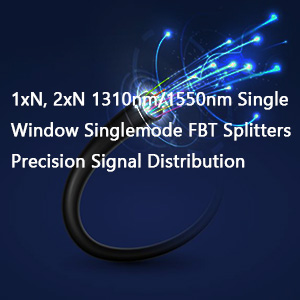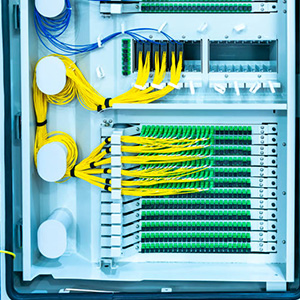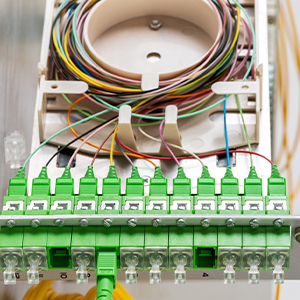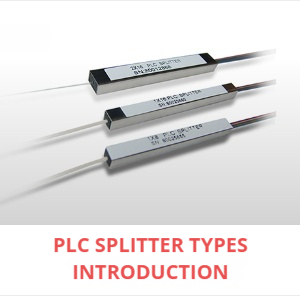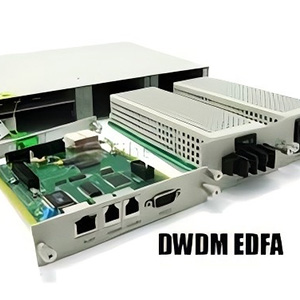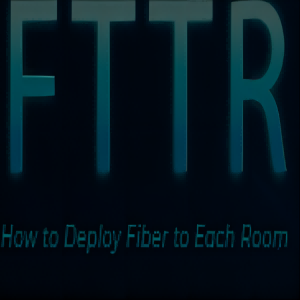Introduction of optical isolator
The optical isolator is an innovative dual-port optical device that exhibits unique non-reciprocal characteristics. This feature allows for minimal attenuation of light signals during forward transmission, while significantly attenuating signals during reverse transmission, thereby achieving unidirectional light transmission. By integrating an optical isolator between the laser and the transmission fiber, it effectively suppresses reflections from the far end of the fiber or the connector interface, ensuring the stable operation of the laser and reducing system noise caused by reflected light. This is particularly important in high-speed fiber optic communication and coherent fiber optic communication systems.
The optical isolator requires extremely low insertion loss (for example, less than 0.5 dB), while the reverse loss should be significant (for example, reaching 30 dB) to ensure its performance.
The market currently offers a wide variety of optical isolators, including but not limited to bulk optical isolators, all-fiber optical isolators, integrated optical waveguide isolators, and polarization-independent optical isolators.

Function of optical isolator
The core function of the optical isolator is to prevent adverse effects on the light source and system caused by backward transmission of light in the optical path. For instance, an optical isolator installed between the semiconductor laser source and the optical transmission system can significantly reduce the negative impact of reflected light on the stability of the light source’s spectral output power. In high-speed directly modulated, direct detection fiber optic communication systems, backward transmission light may introduce additional noise, leading to a decline in system performance, where the optical isolator plays a crucial role. Moreover, in fiber amplifiers, optical isolators installed at both ends can enhance the working stability of the amplifier, preventing backward reflected light from interfering with the signal source (laser). In coherent long-distance fiber optic communication systems, regularly installed optical isolators help reduce power loss caused by stimulated Brillouin scattering. Therefore, the optical isolator plays an indispensable role in fiber optic communication, optical information processing systems, fiber sensing, and precision optical measurement systems.
Currently, the application of optical isolators in integrated on-chip optical paths is increasing, and research is shifting towards how to effectively integrate optical isolators with on-chip CMOS circuits.
Features of optical isolator
The optical isolator is characterized by high isolation and low insertion loss, as well as high reliability and stability. Additionally, it has extremely low polarization-dependent loss and polarization mode dispersion, making it excellent in various application scenarios.
Types of optical isolator
There is a wide variety of optical isolators, including inline optical isolators and free-space optical isolators. We offer a range of optical isolators to meet the needs of different application fields. For example, 1310/1480/1550nm polarization-independent optical isolators are internally designed to treat the two orthogonal polarization states in single-mode fiber separately, ensuring the polarization-independent characteristics of the device. Single-stage devices are favored for their low insertion loss, while dual-stage devices are suitable for more stringent applications due to their extremely high optical isolation, such as in fiber amplifiers, fiber lasers, fiber CATV networks, and satellite communications.
Optical isolators are usually classified according to their working wavelength, with 800-1300nm wavelength isolators being more common, and there are also isolators designed for special wavelengths.

Testing Method of of optical isolator
By connecting the output end of the LD light source to the optical power meter using a fiber optic jumper, the output power, which is the input power of the optical isolator, can be read directly from the optical power meter.


